

COAT OF ARMS CHALLENGE
In the 1100’s
knights began to wear helmets in
battles. This meant that it was difficult to know who was who on the
battlefield. So, they began to paint shapes and animals on their
shields and
banners to help identify the individuals. These were called 'arms'.
Only one
person was allowed to use a particular arm, so this made it easier to
recognise
who was who.
The Assheton Family
The
Assheton family lived in Middleton near Manchester and the family had
its own Coat
of Arms. Their Coat of Arms looked like this:

It is a silver shield with a
black five-pointed
star.
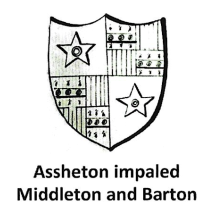
The
stained-glass window was commissioned by Richard Assheton who lived
from 1483
to 1549. He led a company of archers to fight against the Scots at the
Battle
of Flodden in 1513 when the English army defeated and killed the King
of
Scotland. After the battle Richard was knighted by Henry V111.
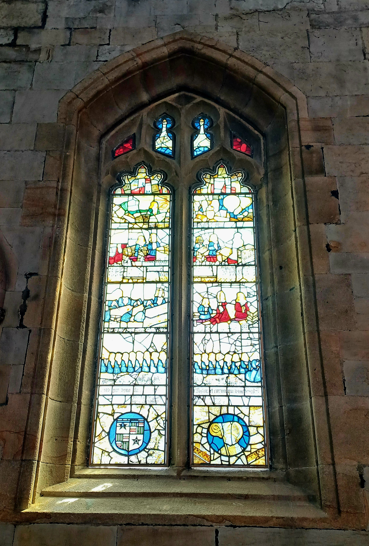
The
window shows Richard and his wife and seventeen captains of the archers
each
wearing a blue coat mantle, carrying a bow stave with each archer's
name
above. They are shown kneeling in
prayer. Their weapon was a long bow, and they played an important part
in the
victory.
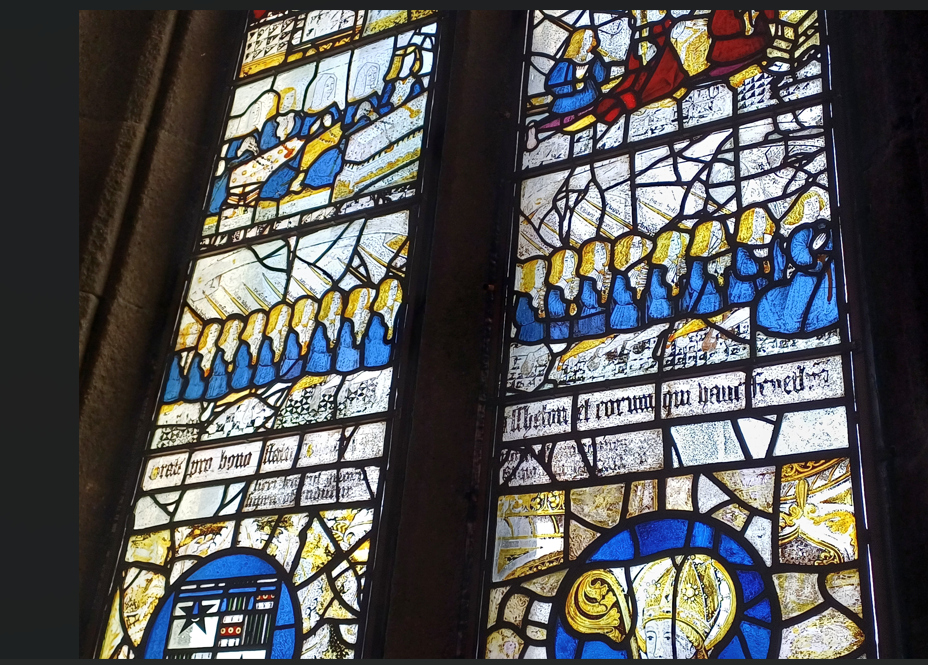
Design
your own shield.
Follow
the instructions below to design a shield. You can also look at some of
the
links on the resources page to
see some examples.
Shield
1
The
shield is the central shape on a Coat of Arms.
It is where the colours and symbols that make up the Coat of Arms are
placed.
Download
a template of a shield here:
Colour
1.
Choose a colour for your shield
The
background of a shield is usually a plain colour – red, blue, green,
black or
purple. They can also be gold or silver. The
colours all have names. For example, the Assheton
shield is silver or
‘argent'. Patterns can also be used such as a black and white
design
called ermine or a blue and white pattern known as ‘vair’
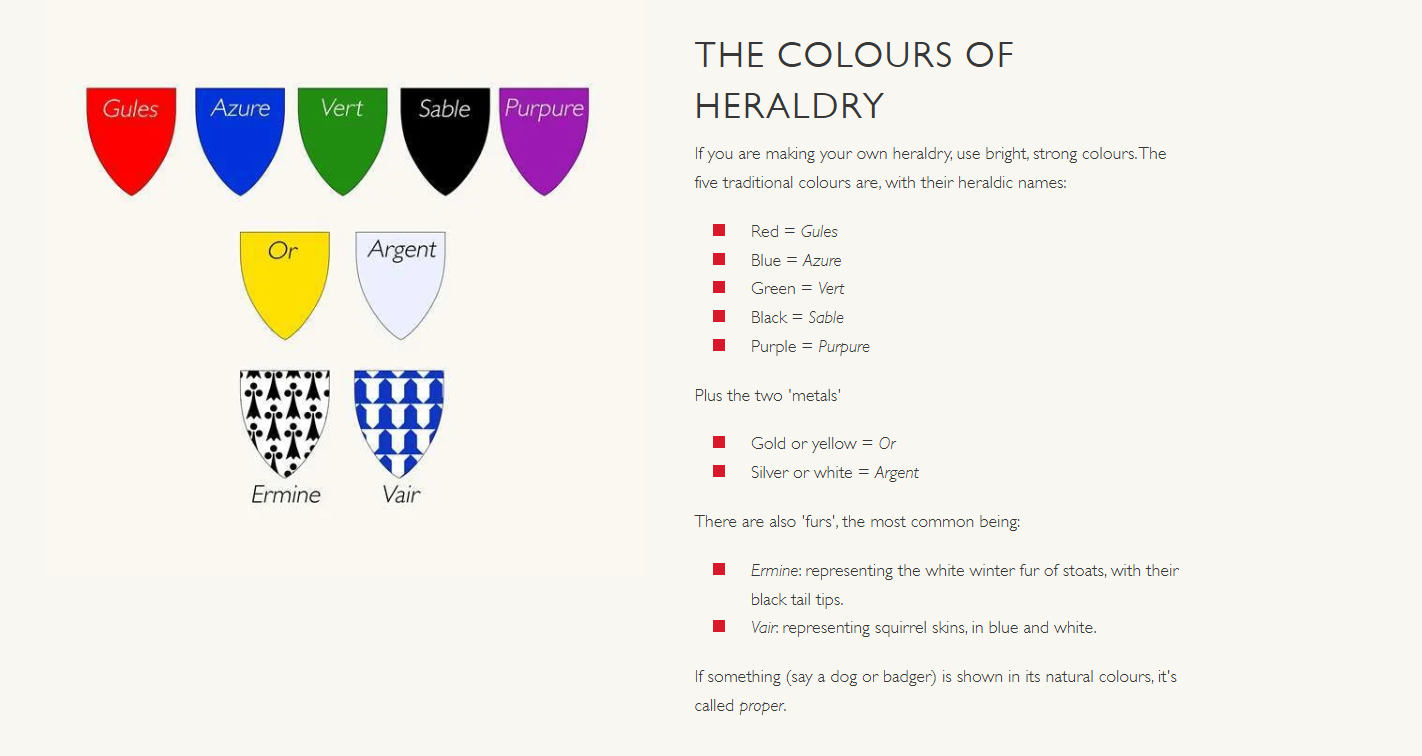
Source:
https://www.english-heritage.org.uk/easter/preparing-for-easter-adventure-quests/our-guide-to-heraldry/
Ordinaries
2.
Split your shield into
sections by
halving or quartering or by using a simple shape such as a cross. These
are
called ordinaries.
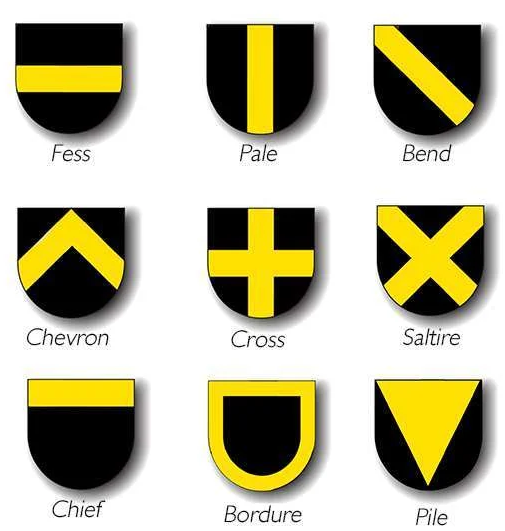
Charges
3.
The charge will be a picture
or symbol in
the centre of the shield or in a section of the shield if you have
split it
into sections. You now need to decide on
a symbol or picture to put in the centre or a section of your shield.
These
can be symbols or pictures such as a cross, star, diamond or flower or
an
animal such as a lion or birds like an eagle. They can also be a
mythical
creature such as a dragon. Other symbols you can use can be a sword,
ship or
tree. There are many different ideas you can use. Your charge can be
something
that means something to you such as your favourite pet or a picture to
show
your favourite sport.
An
important rule you should follow is to never place a colour on a colour
or a
metal on a metal.
Going a
bit further
4.
When you've finished your
shield, you can
add a few more parts to complete your coat of arms.
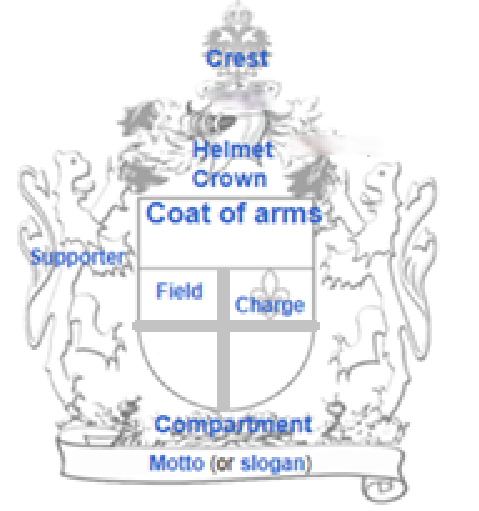
Supporters
5.
On either side of the shield
there were animals
looking like they were holding up the shield. These were called
supporters. You
could stick your shield on another piece of paper and draw your
supporters on
either side of the shield. You could choose your favourite animals, or
you
might choose a traditional animal like a lion or a dragon. The
supporters on
the Manchester coat of arms are an antelope and a lion.
Helmet and
Crest
6.
Above the shield was a helmet
and a
crest. A crest could be something like a feather or horn. The
Manchester coat
of arms has a crest of seven bees flying over a globe. Draw your helmet
above
the shield and add your crest.
Motto
7.
Below the shield was a motto
to show what
the person believed in. It could be something about yourself such,
“Always
kind”. For example, the motto of the
Football Association is “Play the game”.
https://en.wikipedia.org/wiki/Coat_of_arms_of_the_Football_Association
Look
out for coats of arms in different places for ideas. For example,
around
Manchester you might see the coats of arms of the city.
It is a shield of red and gold, with a
picture of a ship, supported by an antelope and lion and crowned by a
globe
covered in bees.
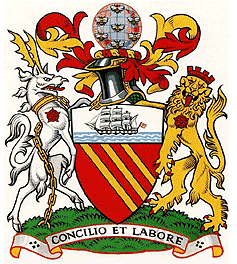
Manchester's
coat of arms was granted to the city in 1842 and is a classic heraldic
design
https://en.wikipedia.org/wiki/Symbols_of_Manchester
Below
is another example. It is the Coat of Arms for the Governor General of
Canada
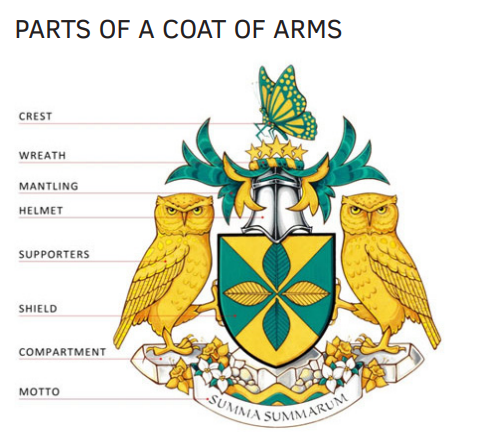
Source:
The Governor General of Canada,
https://www.gg.ca/en/heraldry/parts-coat-arms
Suggested resources and useful information
See the Resources page for links to several useful sites about heraldry.

